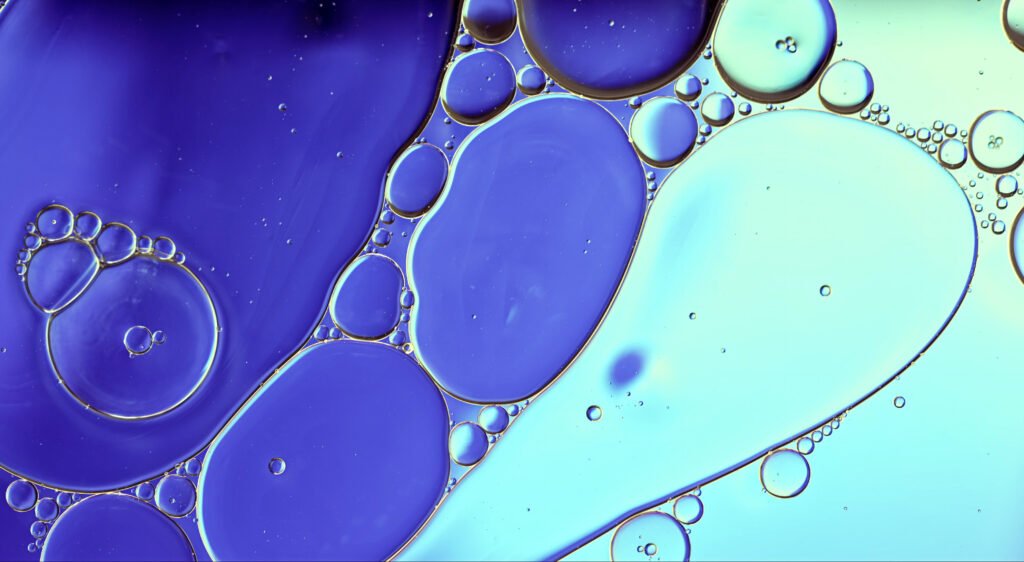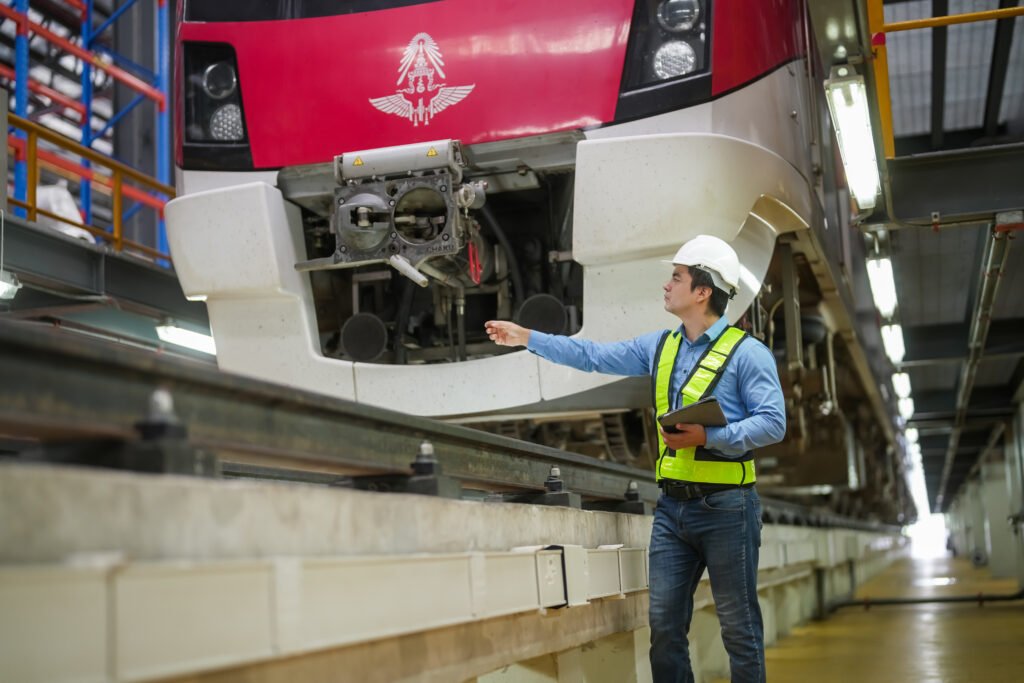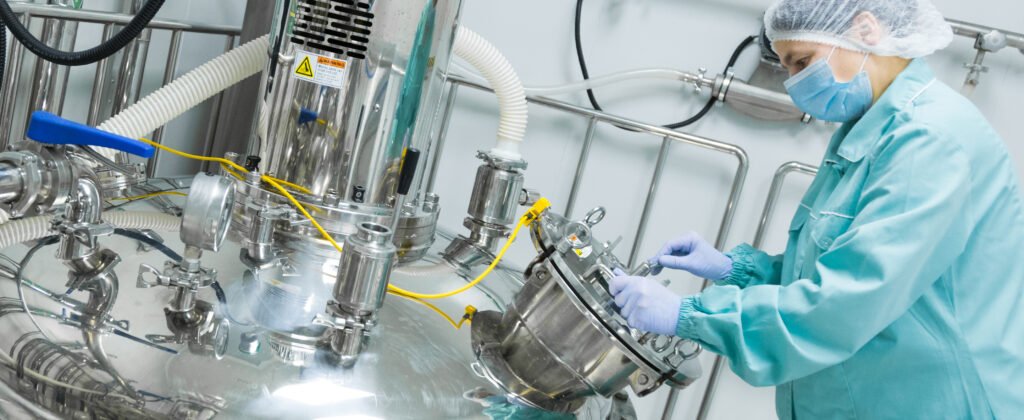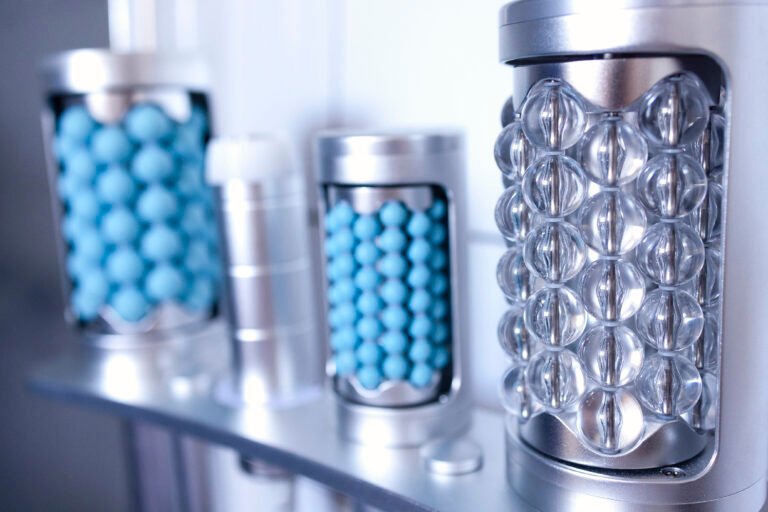Membrane Technology & Research Inc. (MTR), a company at the forefront in addressing climate change with innovative membrane production and manufacturing innovations, is revolutionizing carbon capture.
We are committed to the highest standards of membrane separation technologies. This not only makes us leaders in our industry, but it also helps reduce environmental impact.
These technological advances are of great importance, because they provide viable solutions to reduce greenhouse gas emission, and thus make a significant contribution to global efforts against climate change.
Table of Contents
Membrane Technology & Research Inc. History and Evolution

Membrane Technology & Research Inc. has continuously evolved to keep up with the needs of industry since its founding in 1982.
The National Energy Technology Laboratory, which supported our small-scale lab and bench tests to prove the efficiency of the membrane CO2 technology in higher CO2 environments like cement plants, was the first step.
The Founding of the Company and its Early Years
NETL supported intensive research and developed new membrane technologies. The early days were crucial in laying the foundation for future applications and innovations.
Major Milestones
Construction of a large-scale pilot plant in the Wyoming Integrated Test Center, located in Gillette (Wyoming), is one of the company’s notable achievements. This facility, which is set to be operational by 2024 represents an important advancement for scaling up our technologies.
Our collaboration from 2010-2015 with the Department of Energy’s National Carbon Capture Center provided more than 125,000 real-world hours of testing our technologies. This has drastically reduced the cost of carbon extraction.
Current Status
MTR’s innovative carbon capture solutions are recognized today around the world.
In our ongoing projects such as with CEMEX Balcones of New Braunfels (Texas), we aim to implement a large-scale Polaris CO2 membrane capture system. This will demonstrate the effectiveness and scalability of Polaris technology for industrial applications.
MTR’s successful completion of these projects has positioned it as an industry leader, driving the global agenda for sustainable industrial practices.
MTR’s Innovations at the Cutting Edge

We are committed to environmental sustainability and efficiency. Our continuous advancements of membrane-based separation systems demonstrate this commitment. Polaris ™ is a polymeric membrane that excels at carbon capture, with efficiencies of over 90%. It is also notable for being chemical-free and having water conserving properties. The technology can be adapted to a variety of industries and is scalable. It also has minimal energy usage.
Membrane-based Separation Systems
MTR systems are designed to fit specific needs of the industry, and can be customized for various applications. We have a wide range of expertise in the areas of pressure vessel design, electrical system design, piping systems and more.
Custom Engineered Solutions
From the first order to startup, we provide tailored solutions to meet the specific challenges faced by each customer. All of our project managers are engineers with degrees. They serve as one point of contact to ensure that every project is completed on time and flawlessly.
Noteworthy Projects and Collaborations
The U.S. Department of Energy’s collaboration has played a key role in the refinement of our Polaris Membranes, which led to the building of a large-scale pilot plant at Wyoming Integrated Test Center. We aim to capture 150 tonnes of carbon dioxide per day, setting new standards for the large-scale capture of carbon using membrane technology.
READ MORE:
- What is Embedded Insurance: A Beginner’s Guide
- Travel agents for Delta vacations: How to get started
- For the best in ecotourism try Dominican Republic holidays
- Did You Know These 11 Hidden Gems in Northern California?
Operation and global presence

Membrane Technology & Research Inc. (MTR) has a global presence with a focus on manufacturing, sales and quality management. Newark, California is the strategic location of our main administrative, manufacturing, and research facilities, which ensures centralized management and efficiency.
Our sales offices are located in Houston, Texas and Brussels, Belgium. We have additional agents around the world to provide our customers with a robust level of support.
Manufacturing Facilities
Our membranes are all meticulously made in our Newark facility, California. The site plays a crucial role in maintaining the highest standards of quality, as it allows comprehensive testing on various assembly levels.
We are committed to manufacturing in-house, which allows us to incorporate the most recent innovations into our production process. This ensures that we can meet the demanding needs of various industries.
Sales Support and Technical Assistance
In order to support our worldwide operations, we established a sales and technical support office in Shanghai. The office is crucial to maintaining the quality of our services and relationships with clients in Asia.
We have a large network of agents who are always close to the customers and provide them with timely, effective solutions.
Quality Management
The ISO 9001 standard is the basis of our management system, which reflects the commitment to quality that we have in developing and producing membrane-based separations systems.
Our inspectors are certified and oversee each stage of the production process to ensure that our products comply with all customer requirements.
Our global reputation as a leader in the membrane industry is based on our commitment to quality and reliability.
FAQs
What is the leading carbon capture technology today?
Aker Carbon Capture is a subsidiary company of Aker solutions and currently the leader in carbon capture. In 2020, the company was listed on Oslo Stock Exchange with a $750.65m market cap.
What is the CO2 removal capacity of membrane technology?
Selective permeation is the basis of membrane technology’s removal of CO2. Each gas has its own rate of permeation through the membrane. This is determined by the speed at which the gas diffuses and dissolves in the membrane.
How has carbon capture technology advanced in recent years?
The adoption and refinement of physical and chemical separation techniques have been recent advances in the carbon capture field. In order to improve efficiency, researchers are developing new technologies such as membrane-based separations and looping cycle (including calcium and chemical looping).
What is the process of capturing carbon using membranes?
Membrane technology for carbon dioxide capture uses semi-permeable and permeable materials that allow only CO2 through while separating the gas from others. The selective transport of gases is determined by the diffusivity of each gas and its interaction with membrane surfaces.
The conclusion of the article is:
We have travelled through this exposition to learn about the history, achievements, and impacts of Membrane Technology & Research Inc. This expo shows how their innovative membrane technology is integral in advancing global carbon capture efforts.
As evidenced by the company’s efficient Polaris ™ Membrane Systems and its various collaborations, projects and partnerships, the commitment of the firm to sustainability not only supports but also propels the sector forward in the battle against climate change.
This effort highlights the important role MTR has in defining a blueprint of future initiatives that aim to mitigate environmental impacts and foster global sustainability.



